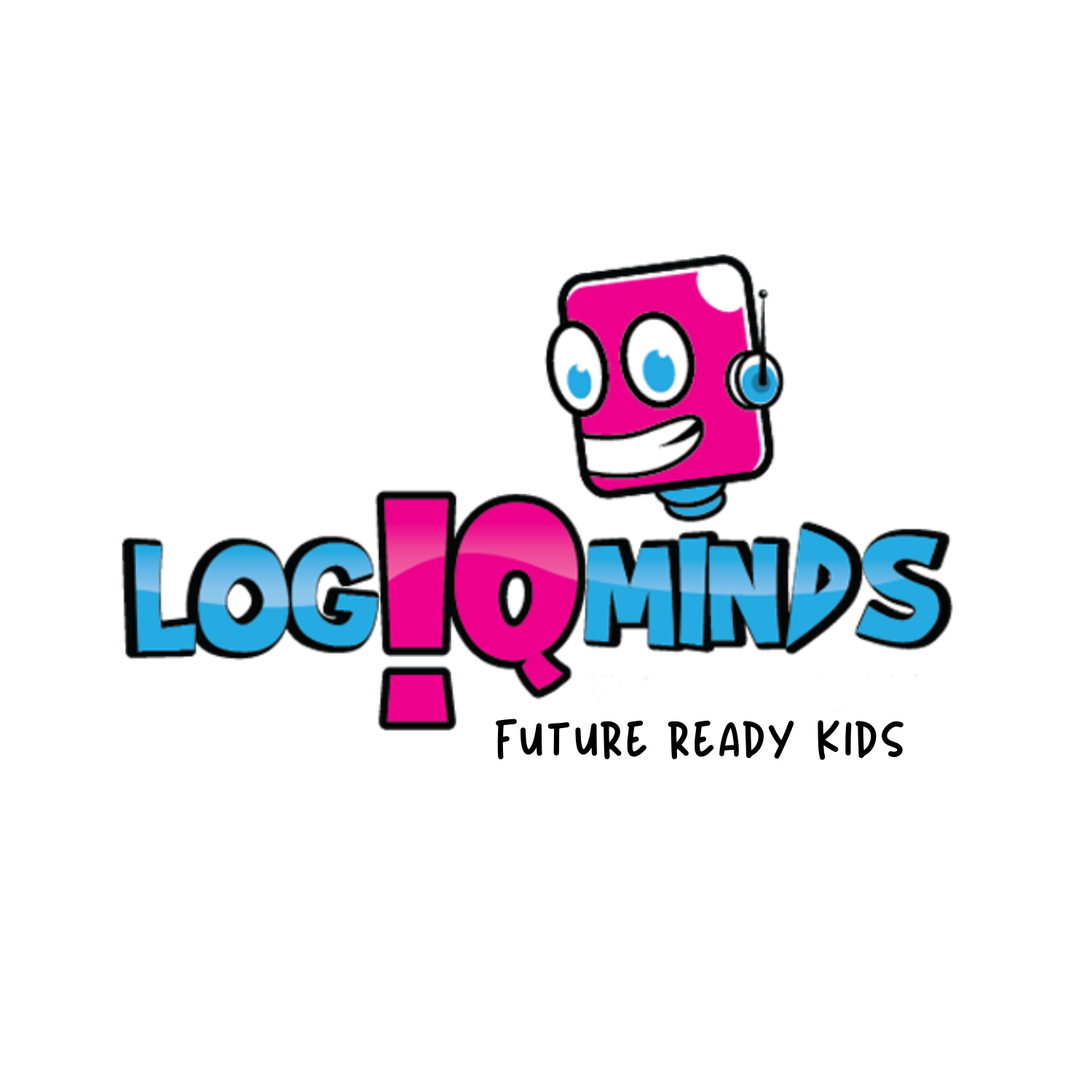Navigating the World of AI for Kids!
(AI) is becoming a reality in our everyday lives and has no longer been the only domain of science fiction. The world of artificial intelligence (AI) for children is examined in this blog post, along with its dependability, advantages, and potential drawbacks. Being aware of how AI affects children's lives is essential for parents and educators.
Artificial intelligence in education
Personalized Learning: AI-powered teaching tools may adjust to a child's specific learning preferences, resulting in a more catered educational experience.
Enhancing crucial abilities like creativity, problem-solving, and analytical thinking, which are essential for a child's growth, is a common target of AI applications.
Accessibility: AI has the capacity to make education more available to kids all across the world, leveling those without traditional educational resources.
AI Safety Concerns
Privacy Risks: When children interact with AI, their data can be collected and stored, raising concerns about privacy. It's essential to ensure their data is protected.
Content Curation: AI algorithms that curate content can inadvertently expose children to inappropriate or biased material. Vigilant supervision is necessary.
Overreliance: There's a risk that children might become overdependent on AI, potentially hindering their problem-solving and critical-thinking abilities.
Parental Guidance
As the digital landscape evolves, parental guidance is crucial. To make AI dependable for kids, parents should:
Choose age-appropriate AI applications.
Monitor their child's AI interactions.
Educate kids about online safety and digital etiquette.
In conclusion, AI can be a valuable educational tool for children when used responsibly. Understanding the technology, its benefits, and potential drawbacks is essential in harnessing its potential for our kids' development.


